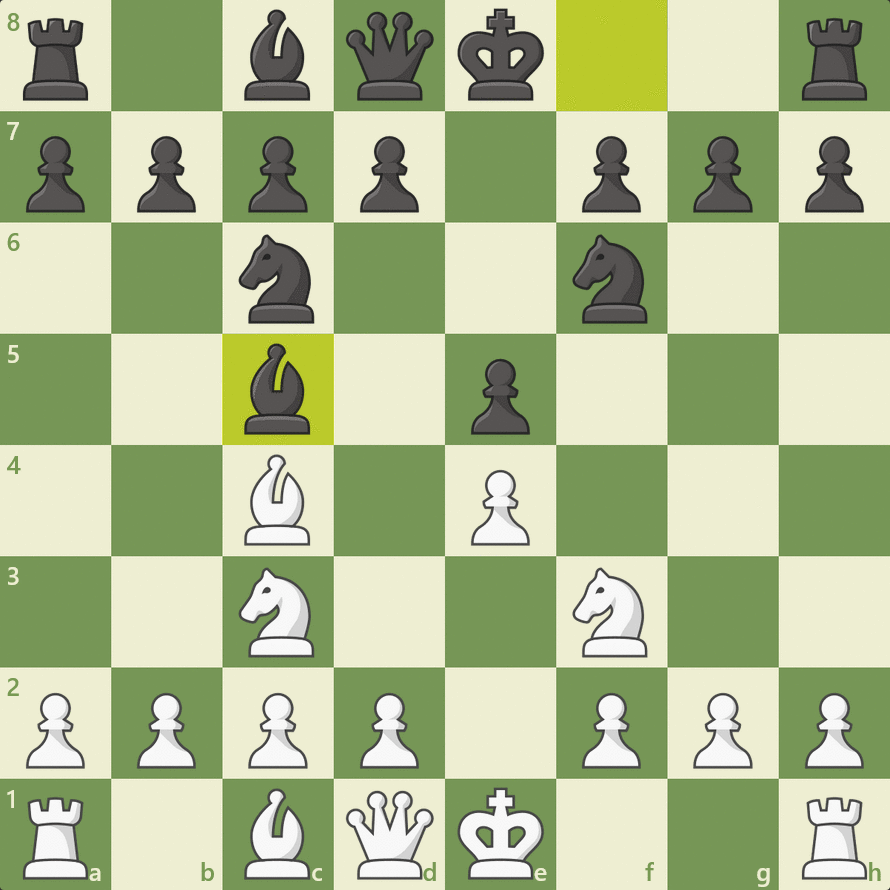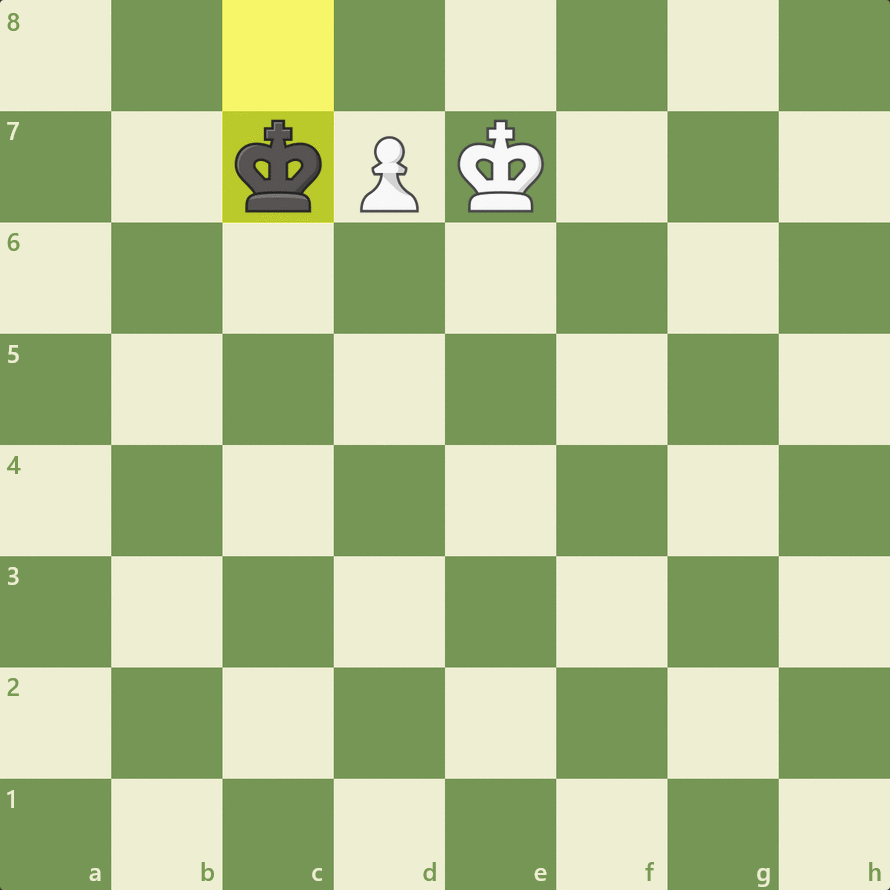
Special Chess Moves
If you're just starting your chess journey, you might be caught off guard by weird moves that look too odd to be legal. Don't worry, though. In this chess term, you learn everything about the special moves of chess.
Here are the special moves you need to know:
- What Are Special Chess Moves?
- Castling
- Pawn Promotion
- En Passant Capture
- Test Your Skills
- Conclusion
What Are Special Chess Moves?
Special moves are those that allow different types of movement or capture when compared to standard movements. There are only a few of these to learn, but they are extremely important to know!
When learning how to play chess, most people focus on the basic movements of the pieces and what it means to give or receive a check or checkmate. These rules usually cover most games between beginners, but the time comes when you (or your opponents) have the possibility of playing a special move. Those moves are castling, promoting a pawn, and capturing en passant.
Castling
Castling is the only move in chess that allows a player to move two pieces simultaneously—the king and a rook. It's also a crucial move because it helps you keep your king safe and quickly develop a rook.
When castling is allowed, you can move your king two squares to the side, grab the rook from the side you're castling to, and place it over and next to the king. You can watch the video or follow the link above to find out when you're allowed to castle.

You can castle kingside (also known as "castling short") if your king moves to the side that's closer to the board's edge, or queenside (also known as "castling long") when you do it to the other side.

Pawn Promotion
Pawn promotion is probably the special move that most beginners know exists, although there's usually some confusion as to how it truly works. This rule allows a pawn to become any piece (other than a king or staying a pawn) when it gets to the farthest rank from where it started (eighth for White and first for Black).
You don't need to promote your pawn to a piece that was previously captured—a common misconception among some players who are still learning the game.

En Passant Capture
Beginners are usually startled when they first see an en passant capture—especially when it happens against them. This rule allows pawns on the fifth rank for White and fourth rank for Black to capture another pawn that has just "passed it" in a single move.
It's the only capture in chess where the capturing piece doesn't land on the same square as the piece it's capturing.

Test Your Skills
Now that you're familiar with the special moves of chess, it's time to see if you can apply them. Read the instructions and solve each of the puzzles below with the rules you've just learned.
Puzzle 1: White has developed their minor pieces and now wants to improve their king's safety. What's the best way to do it?
Puzzle 2: White is down a lot of material. Should they resign, or is there a way to save the game?
Puzzle 3: Can you see the beautiful checkmate that French-Australian chess master Gunnar Gundersen delivered to A H Faul right after Black played 14...g5?
Conclusion
You now know the special rules of chess and how to apply them in your own games. Head over to our Lessons page and learn other critical chess concepts to become a better player and win more games!







